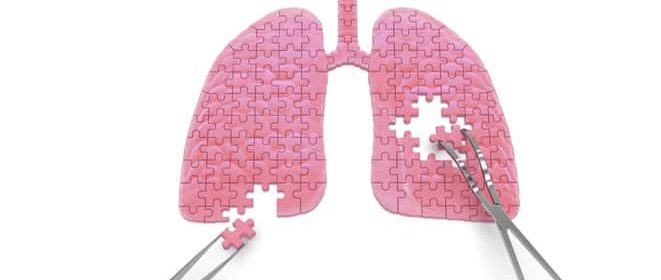Donor site complications are a significant source of morbidity for patients undergoing abdominal-based free flap breast reconstruction, but there is a paucity of data regarding minimizing these postoperative complications. We hypothesize that selective ablation of the umbilicus at the time of deep inferior epigastric perforator (DIEP) harvest decreases the incidence of umbilical and abdominal wall complications in high-risk patients.
A retrospective review was performed of all patients (n = 117) who underwent DIEP harvest with concomitant umbilical ablation from 2010 to 2015. This cohort was paired with 117 patients who underwent DIEP harvest without umbilical ablation. Preoperative risk factors, intraoperative factors, and postoperative complications were compared.
The umbilical ablation group had significantly higher body mass index (30.9 vs 27.4 kg/m, P < 0.001), presence of umbilical scar (20.9% vs 5.3%, P < 0.001), umbilical hernia (82.9% vs 8.5% P < 0.001), ventral hernia (23.9% vs 1.7%, P < 0.001), and rectus diastasis (10.3% vs 2.6%, P = 0.016). There were no significant differences of smoking, diabetes mellitus, hypertension, prior abdominal surgery, or midline abdominal scar. The umbilical ablation group had a significantly lower rate of postoperative abdominal wound dehiscence and skin loss (11.1% vs 22.2%, P = 0.023) and overall donor site complications (24.8% vs 39.3%, P = 0.017). There was no significant difference in incidence of cellulitis, seroma, or abscess. Mean follow-up time was 1.8 years.
Selective umbilical ablation in high-risk patients at the time of abdominal flap harvest can result in significantly fewer donor site wound complications, even in the setting of increased risk factors for poor wound healing. This is likely due to avoidance of umbilical incisions and decreased upper abdominal skin undermining. We conclude that umbilical ablation is a viable option to minimize donor site complications, especially in high-risk patients.
Umbilical Ablation During Deep Inferior Epigastric Perforator Flap Harvest Decreases Donor Site Complications.


